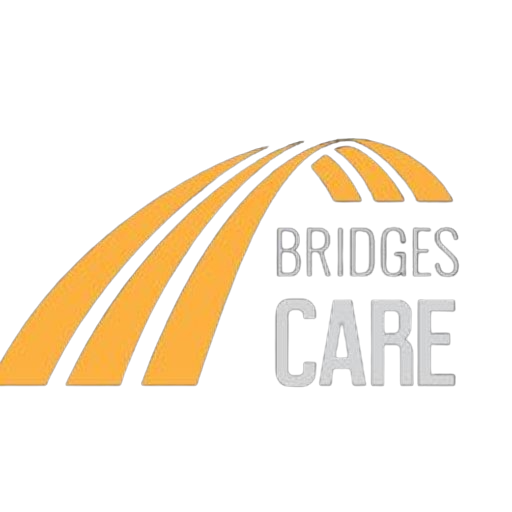Hydrotherapy, also referred to as water treatment, plays a crucial role in enhancing, restoring, and sustaining overall well-being. In today’s world, numerous scientists and physiotherapists advocate for the diverse applications of hydrotherapy. Thanks to technological advancements, researchers have explored innovative ways to modernize and evolve traditional hydrotherapy practices. Furthermore, hydrotherapy has demonstrated significant potential in enhancing balance, coordination, agility, and strength, making it a valuable resource for NDIS participants. In this article, we’ll delve into the benefits of hydrotherapy, its significance, and how it can be accessed within the framework of the NDIS.
NDIS Hydrotherapy
If you meet the eligibility criteria and find it challenging to cover the costs of hydrotherapy sessions, you have the option to seek financial support through the NDIS. Hydrotherapy treatment within the NDIS framework is categorized under Capacity Building Support, specifically the ‘Improved Daily Living’ and ‘Improved Health and Wellbeing’ categories. These sessions are administered by trained Allied Health professionals. NDIS participants can utilize hydrotherapy to address various conditions, including:
- Neurological conditions
- Musculoskeletal disorders
- Chronic pain
- Mobility limitations
By including hydrotherapy within these designated support areas, the NDIS aims to facilitate access to this therapeutic method. The goal is to enhance overall well-being, improve functional abilities, and assist individuals in pursuing their personal goals and requirements.
Learn more about NDIS therapeutic supports
Benefits of Hydrotherapy Treatment
Hydrotherapy presents a multitude of advantages for individuals with disabilities, regardless of their age, gender, or fitness level. Some of these benefits include:
Enhancement of Muscle Strength and Flexibility: Hydrotherapy takes place in a water environment that provides a supportive setting for muscle tissues to expand. This facilitates more efficient stretching with reduced discomfort compared to traditional exercise settings, contributing to increased muscle strength and overall fitness levels.
Pain Management: Hydrotherapy treatment proves effective in alleviating various musculoskeletal pains due to the buoyancy of water, which reduces joint impact during movement. The warmth of the water induces relaxation, enabling individuals to perform core exercises that might be challenging on land. To ascertain your eligibility for hydrotherapy within your NDIS plan, consult with your service provider.
Enhanced Circulation: Water exerts hydrostatic pressure, promoting improved circulation throughout the body. This facilitates the efficient supply of oxygen and essential nutrients to muscles, aiding in recovery and reducing swelling.
Safe Post-Injury or Trauma Exercise: Individuals dealing with life-altering injuries resulting from trauma often face difficulties in performing daily activities. For some, this may lead to NDIS participation. In such cases, NDIS hydrotherapy treatment offers a secure environment for maintaining fitness and building strength, especially when the affected area cannot bear weight or move.
Holistic Fitness and Mental Health Improvement: Beyond mobility and strength enhancement, hydrotherapy treatment offers an opportunity for recreation and overall fitness improvement, positively impacting mental well-being.
Funding and NDIS Hydrotherapy Coverage
To access hydrotherapy treatment under the NDIS, possessing an NDIS plan is a prerequisite. Your NDIS plan management team can guide you on whether hydrotherapy is covered by your plan. Securing funding for hydrotherapy sessions involves several stages:
- Assessment: A healthcare professional assesses your functional disability impact, goals, and suitability for hydrotherapy as a treatment option.
- Planning: Following a successful assessment, you collaborate with your team to create a personalized NDIS plan outlining the required supports and services, which may include hydrotherapy.
- Funding Allocation: Based on your NDIS plan, funding is allocated for therapy support, potentially covering multiple sessions per week, month, or year, contingent on your needs and objectives.
- Service Provider Selection: As a participant, you have the flexibility to choose a suitable service provider, whether registered or unregistered, for hydrotherapy services.
- Documentation and Reporting: The chosen service provider documents your progress and outcomes attained through hydrotherapy sessions. This documentation assesses treatment effectiveness and informs future decisions.
For more information on hydrotherapy and NDIS support.
Which NDIS Categories Can Access Hydrotherapy Treatment?
While there is no specific item code for Hydrotherapy, the presence of an Allied Health professional, such as a physiotherapist or exercise physiologist, during sessions can potentially be funded under the following categories:
- Improved Daily Living: This category encompasses support and services aimed at assisting participants with their daily activities. Hydrotherapy can be viewed as a therapeutic intervention to enhance mobility and overall well-being.
- Improved Health and Well-being: Hydrotherapy’s primary objective is to improve both physical and mental health. Therefore, it has the capacity to address a wide range of physical and mental health issues, including neurological conditions, musculoskeletal disorders, and mobility limitations.
Hydrotherapy stands as a versatile treatment option with a multitude of benefits, spanning from improved mental health and stress management to enhanced mobility and overall functionality. Within the NDIS framework, access to hydrotherapy is contingent on individual assessment, personalized planning, and alignment with specific goals and needs outlined in an individual’s NDIS plan.
Conclusion
In conclusion, hydrotherapy emerges as a dynamic and effective treatment option for individuals with disabilities, offering a wide array of physical and mental health benefits. While it may not have a dedicated item code in the NDIS, the presence of Allied Health professionals during hydrotherapy sessions opens up funding possibilities in the “Improved Daily Living” and “Improved Health and Well-being” categories.

